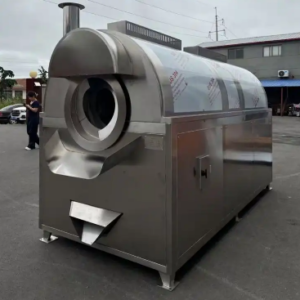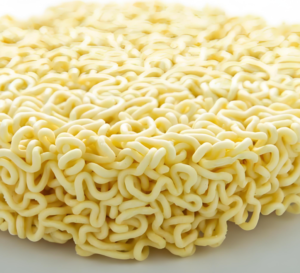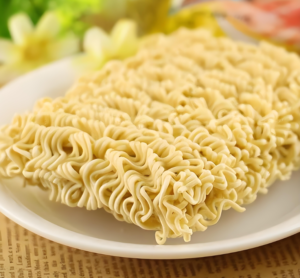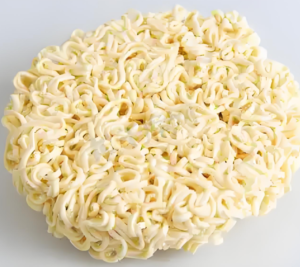dog food making machine pet food processing line
ToggleHow to Produce Extruded Dog Food: A Complete Manufacturing Guide
Extruded dog food is the most popular commercial pet food format due to its nutritional completeness, long shelf life, and digestibility. This guide covers the complete production process from raw materials to packaging.
1. Raw Material Selection & Formulation
Key Ingredients:
- Protein sources (25-40%): Chicken meal, fish meal, beef, lamb
- Carbohydrates (30-50%): Corn, wheat, rice, barley
- Fats & oils (10-20%): Chicken fat, fish oil, vegetable oils
- Vitamins & minerals: Premixes to meet AAFCO standards
- Functional additives: Probiotics, glucosamine, antioxidants
Nutritional Considerations:
✔ Must meet AAFCO nutrient profiles
✔ Protein content varies by life stage (puppy/adult/senior)
✔ Proper calcium:phosphorus ratio (1.2:1 to 2:1)
2. Production Process Step-by-Step
A. Grinding & Mixing
- Raw material grinding: Ingredients milled to 500-800μm particle size
- Pre-mixing: Dry ingredients blended in ribbon mixer (3-5 minutes)
- Liquid addition: Oils and liquids added (2-3% moisture increase)
B. Conditioning
- Steam injected to raise moisture to 25-30%
- Temperature maintained at 80-90°C for 30-60 seconds
- Softens starch for better extrusion
C. Extrusion
- Single/twin-screw extruder at 100-150°C
- Pressure: 20-40 bar
- Die design determines kibble shape (bone, fish, etc.)
- Expansion occurs as product exits die due to pressure drop
D. Drying
- Multi-stage dryer reduces moisture to 8-10%
- Temperature: 90-120°C
- Residence time: 15-30 minutes
E. Coating
- Rotary coater applies:
- Flavor enhancers (digests, yeast)
- Oils (2-5% addition)
- Heat-sensitive nutrients (vitamins, probiotics)
F. Cooling & Packaging
- Cooled to room temperature
- Nitrogen-flushed packaging for 12-18 month shelf life
3. Quality Control Measures
| Parameter | Standard | Test Method |
|---|---|---|
| Protein | ≥18% (adult) | Kjeldahl |
| Fat | 5-20% | Soxhlet |
| Moisture | ≤10% | Oven drying |
| Aflatoxin | <20ppb | HPLC |
| Salmonella | Negative | PCR |
4. Equipment Requirements
- Main Equipment:
- Hammer mill
- Mixer
- Twin-screw extruder
- Multi-zone dryer
- Vacuum coater
- Packaging machine
- Production Capacity:
- Small line: 500kg/hr
- Industrial line: 2-5 tons/hr
5. Common Challenges & Solutions
- Poor expansion → Adjust screw configuration, moisture
- Uneven shapes → Optimize die design, cutter speed
- Nutrient degradation → Post-extrusion vitamin spraying
- Mold growth → Ensure proper drying, packaging
6. Market Trends & Innovations
- High-protein formulas (40%+ protein)
- Functional foods (joint health, digestion)
- Sustainable ingredients (insect protein, algae)
- Custom shapes/sizes for different breeds
Conclusion
Extruded dog food production requires careful formulation, precise extrusion control, and strict quality checks. By optimizing raw materials, processing parameters, and post-treatment, manufacturers can produce nutritious, palatable, and shelf-stable pet food that meets market demands.
For specialized formulations (grain-free, veterinary diets), additional process adjustments may be necessary. Would you like details on specific formulation strategies?








